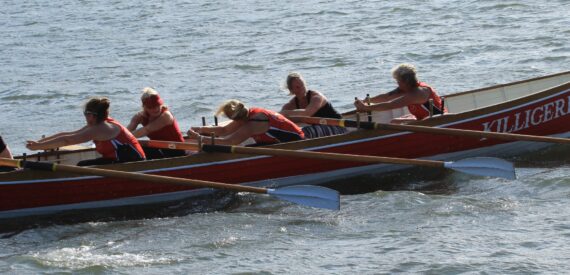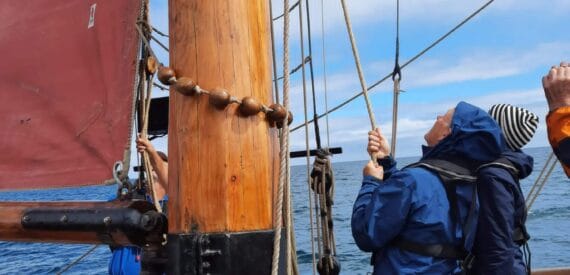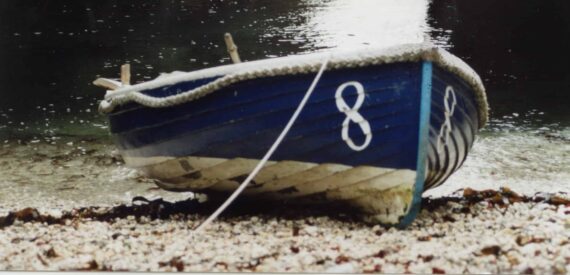Where is the Northwest Passage?
The Northwest Passage is the sea route stretching through the Arctic Ocean, connecting the Atlantic and Pacific along the coast of the North American continent, and through the islands of the Canadian Arctic. Rather than a single channel, there are several Northwestern passages, or Canadian Internal Waterways, and there is some variety on precise routes, depending on the size of the ship and the extent of the ice.
From East to West, most early expeditions started in the Atlantic and traversed the waters of the Davis Strait and Baffin Bay, with various routes available through the Canadian Arctic Archipelago, before sailing westward through the Beaufort and Chukchi Seas, South through the Bering Strait and out into the Pacific Ocean.
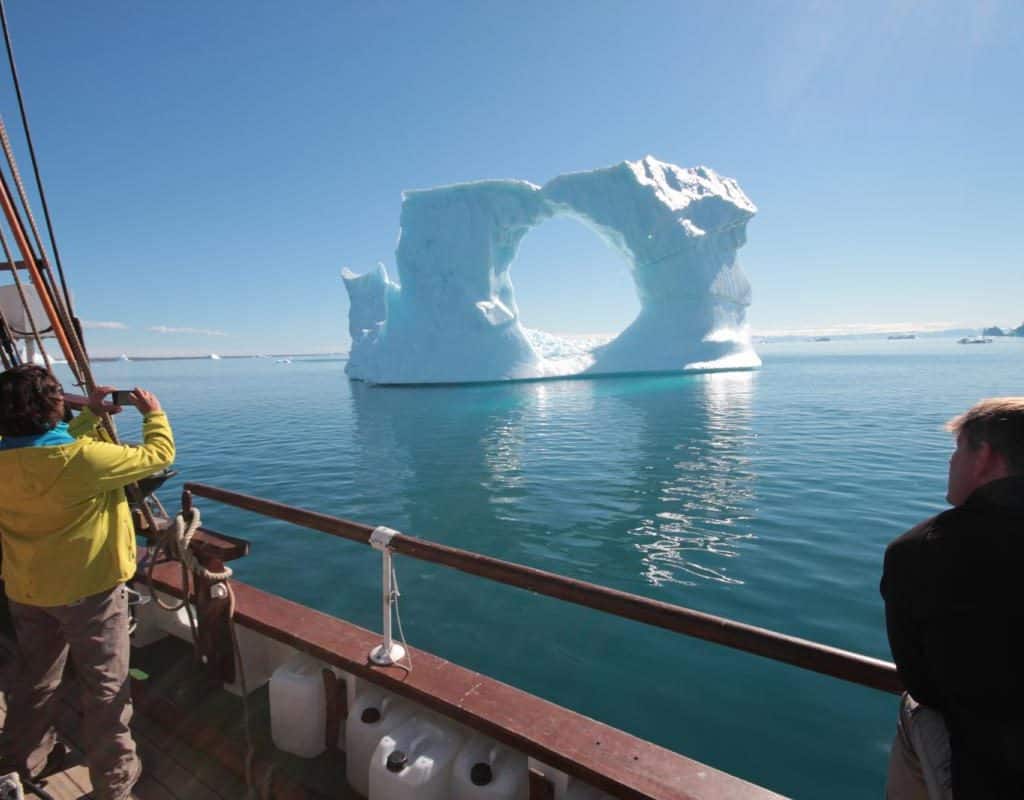
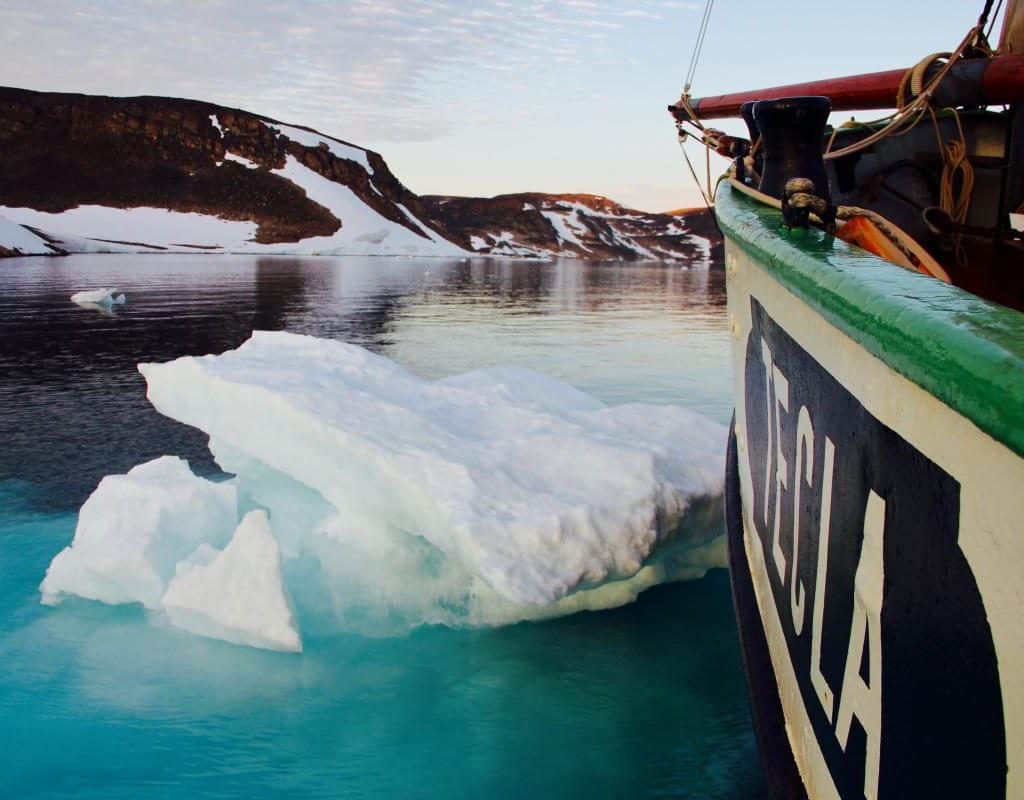
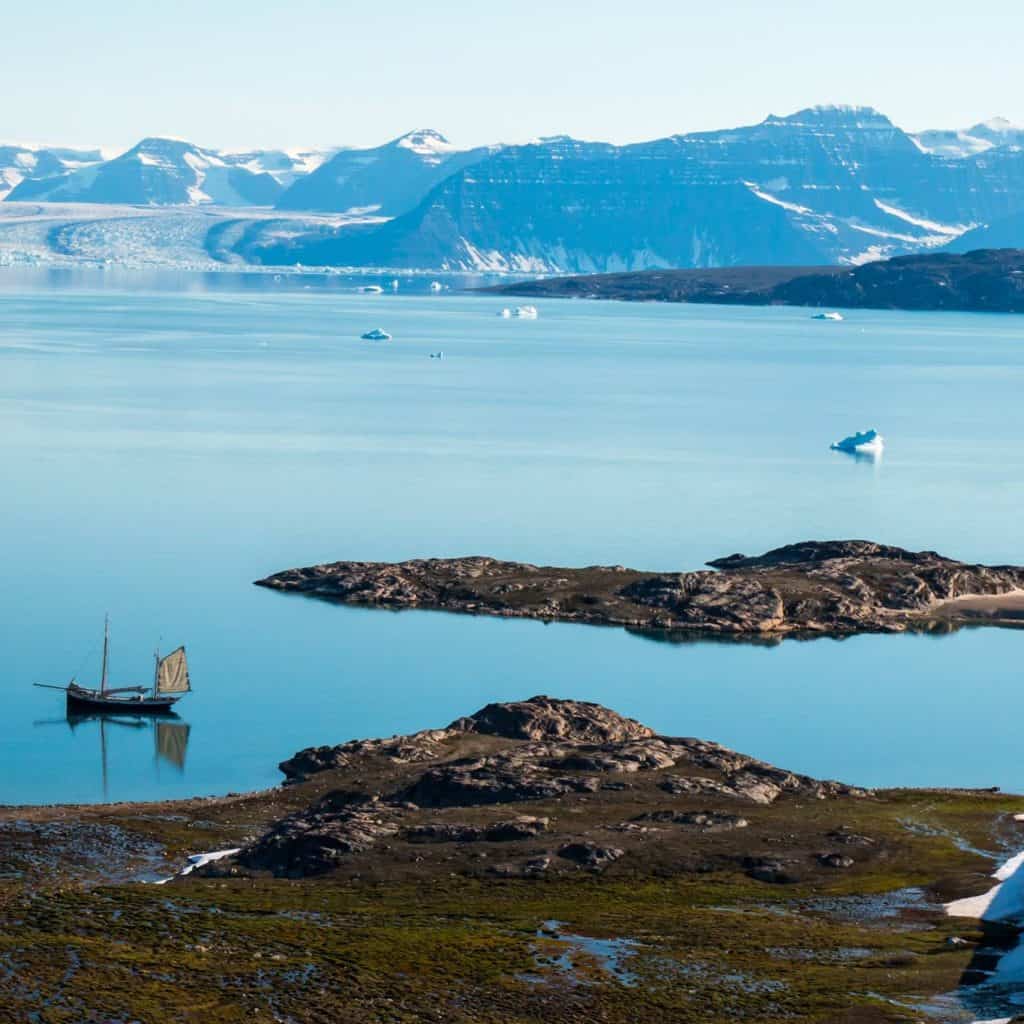
What’s so Special About the Northwest Passage? History, Wildlife & Culture
Shipping routes from Europe to Asia were highly sought after as early as the 1400s and the explorations of Christopher Columbus. Ice, rough weather and huge land masses seemed to block the way at all turns.
In the 1850s Irishman Robert McClure and Scotsman John Rae separately explored potential routes along the hypothetical Northwest Passage. However it took until 1906 for Norwegian explorer Roald Amundsen to successfully navigate the route aboard his sloop ‘Gjoa’, on an expedition that took 3 years.
Amundsen continued his Polar adventures for the rest of his life, being in the first party to successfully reach the South Pole in 1911, and the first verified to reach the North Pole (by airship) in 1926. His remains are still missing, somewhere in the Arctic, following his disappearance in 1928 as he flew a rescue mission for the crashed airship ‘Italia’.
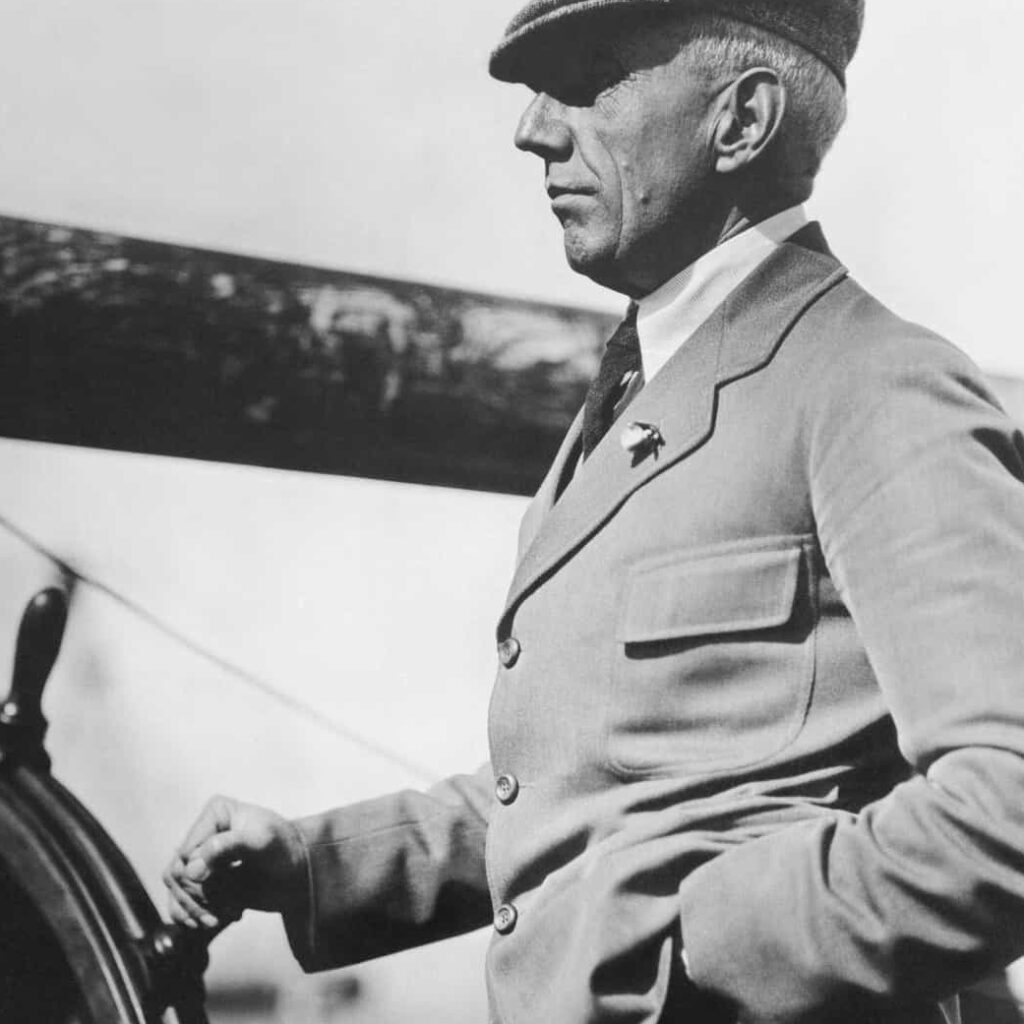
As climate change continues to impact the sea ice of the Arctic, the opportunities for traversing the Northwest Passage have grown, and in 2007 the route became open to ships without the need for an icebreaker. It seems that it is not just humans utilising the increasingly accessible route, as scientists speculate that gray whales and other sea mammals could be using the passage, and the plankton species Neodenticula Seminae, not found in the Atlantic for over 500,000 years is becoming increasingly prevalent.
More regular, resident wildlife in the Canadian Arctic includes narwhals, bowhead whales, harp seals, the sociable white beluga, arctic foxes, caribou and polar bears. Migratory whale species such as humpbacks, fin and minke whales can be seen during the Arctic summer, and orca are also being sighted in the Arctic in increasing numbers. Find out more about spotting and identifying wildlife at sea.
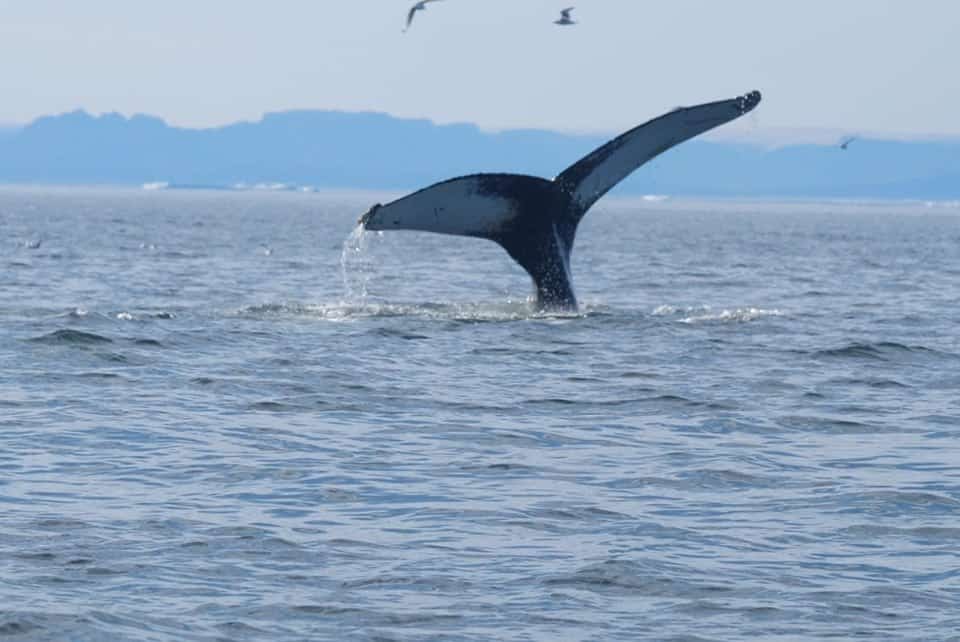
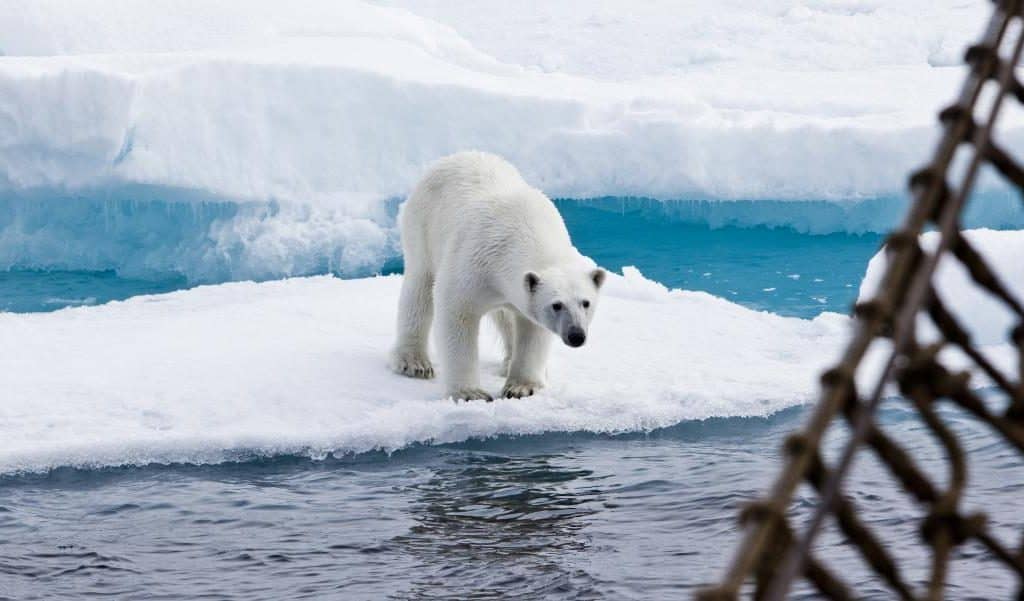
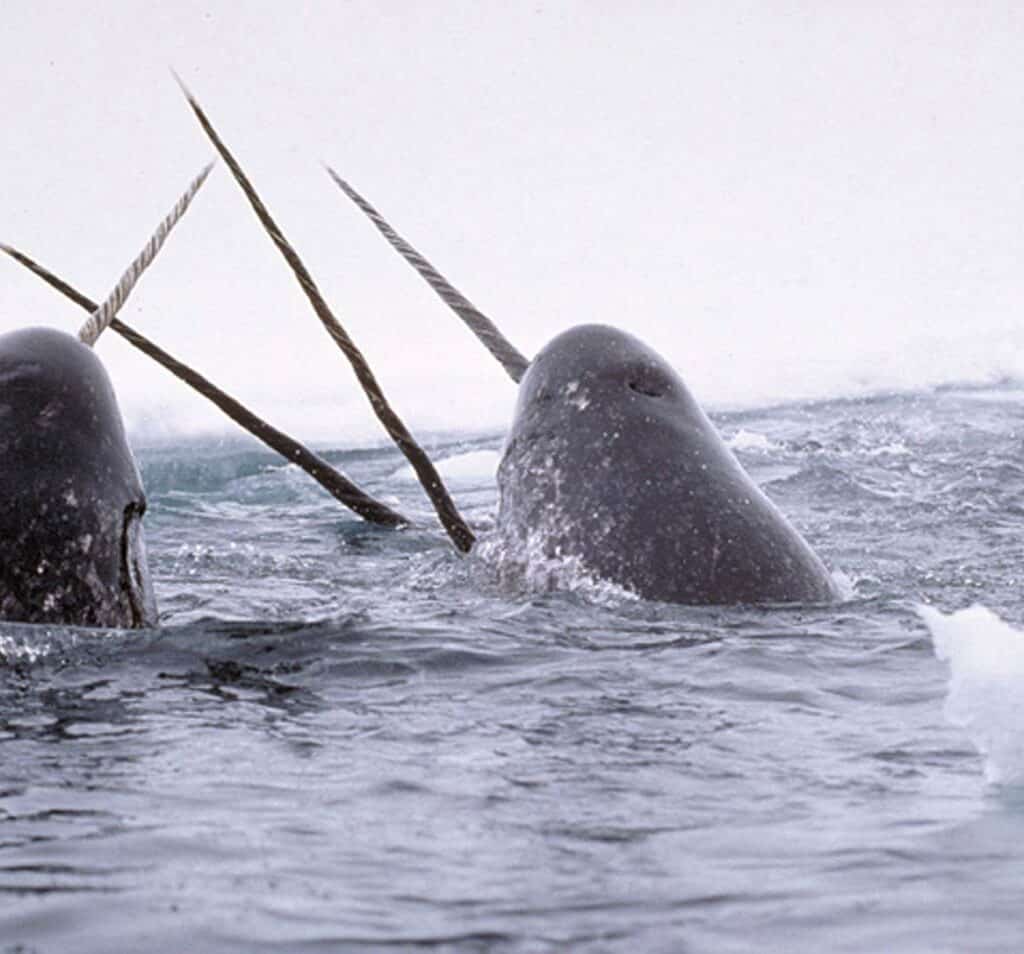
The Northwest Passage falls primarily in Inuit Nunangat territory, the homeland of all Canadian Inuit, descendants of the Thule people who arrived from Siberia over 1000 years ago. Over 70% of the 60,000 Canadian Inuit live in the Arctic archipelago and adjacent regions of Quebec, Newfoundland and Labrador.
Polar survival experts, the Inuit economy was traditionally based on sea-mammal hunting and the technology of locally available materials (bone, horn, ivory, stone, animal skins, whale baleen, ice and snow). Many inuit inventions are absolute masterpieces of engineering, strength and resourcefulness, such as the igloo, the parka, the kayak and the toggling harpoon head (with it’s detachable two-pointed tip).
While many changes have occurred in Inuit society since contact with outside influences, many important elements of the traditional value system have remained, including enormous concern for the environment, survival of the Inuit language, traditional childrearing practices and profound respect for individual autonomy alongside societal cooperation.

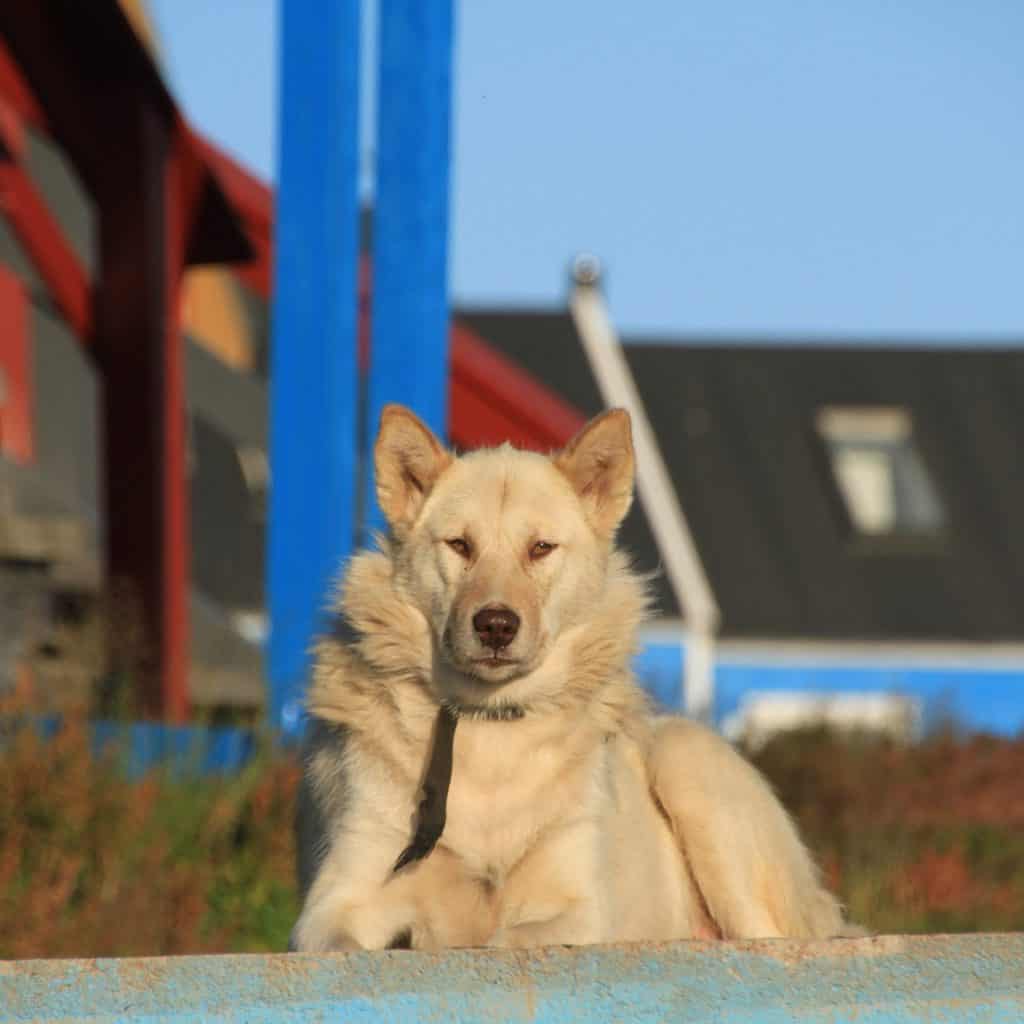

What’s the Weather Like?
In Winter (November through to February) temperatures hover around minus 35 degrees celsius, though this is far from the coldest part of the Arctic, and the sea water temperature beneath the ice has a moderating effect on the climate.
Significant seasonal snow and ice melt begins in late May or early June, and the presence of so many land masses in the archipelago allows the region to warm more than the ice-covered Arctic Basin. Temperatures in summer can rise well above freezing at times. Out on the water, the sea-ice keeps the surface of the water cool, but warmer winds blow in off the islands.
Winds in the Canadian Arctic vary dramatically, but the strongest winds are found in the more open areas of the North Atlantic, Baffin Bay, Bering and Chukchi Seas. On the Atlantic side, the winds pick up dramatically in the Winter, but in Summer are more sedate at around 12 knots. On the Pacific side, the wind speeds remain more consistent year round, averaging around 15 knots. In among the islands of the archipelago, wind speeds tend to be lower in all seasons, but storms do pick up on occasion.
Due to its high latitudes, the Canadian Arctic also experiences 24 hour daylight in the summer, which helps to make the cold temperatures and potentially chilly winds more bearable. Discover more about considerations for cold climate sailing.
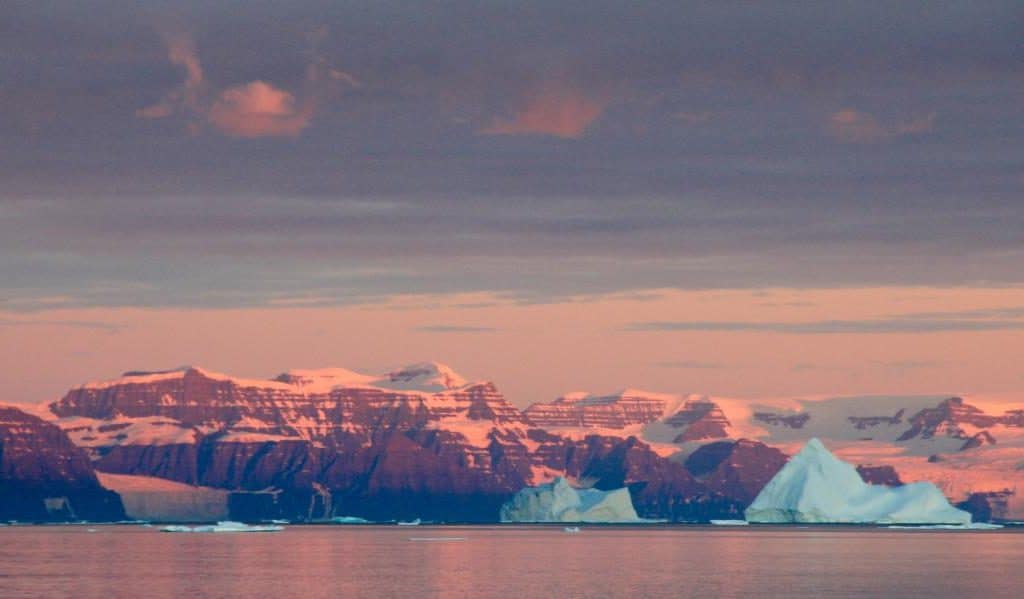
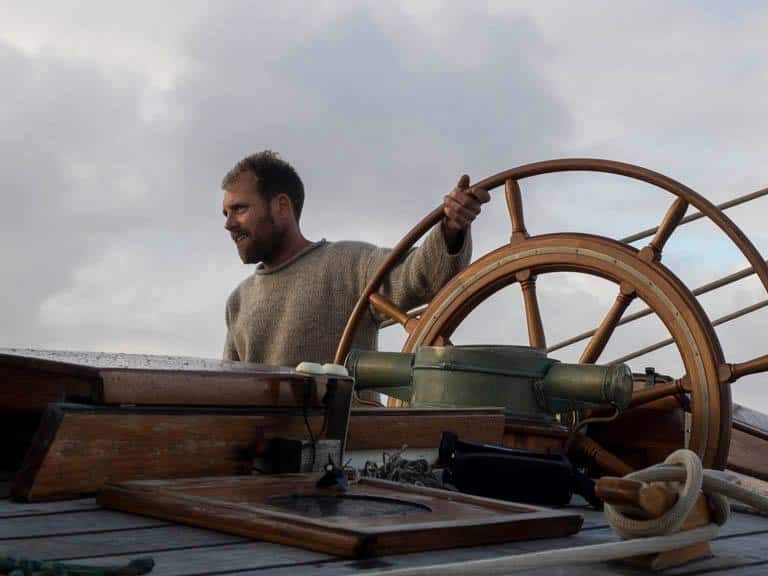
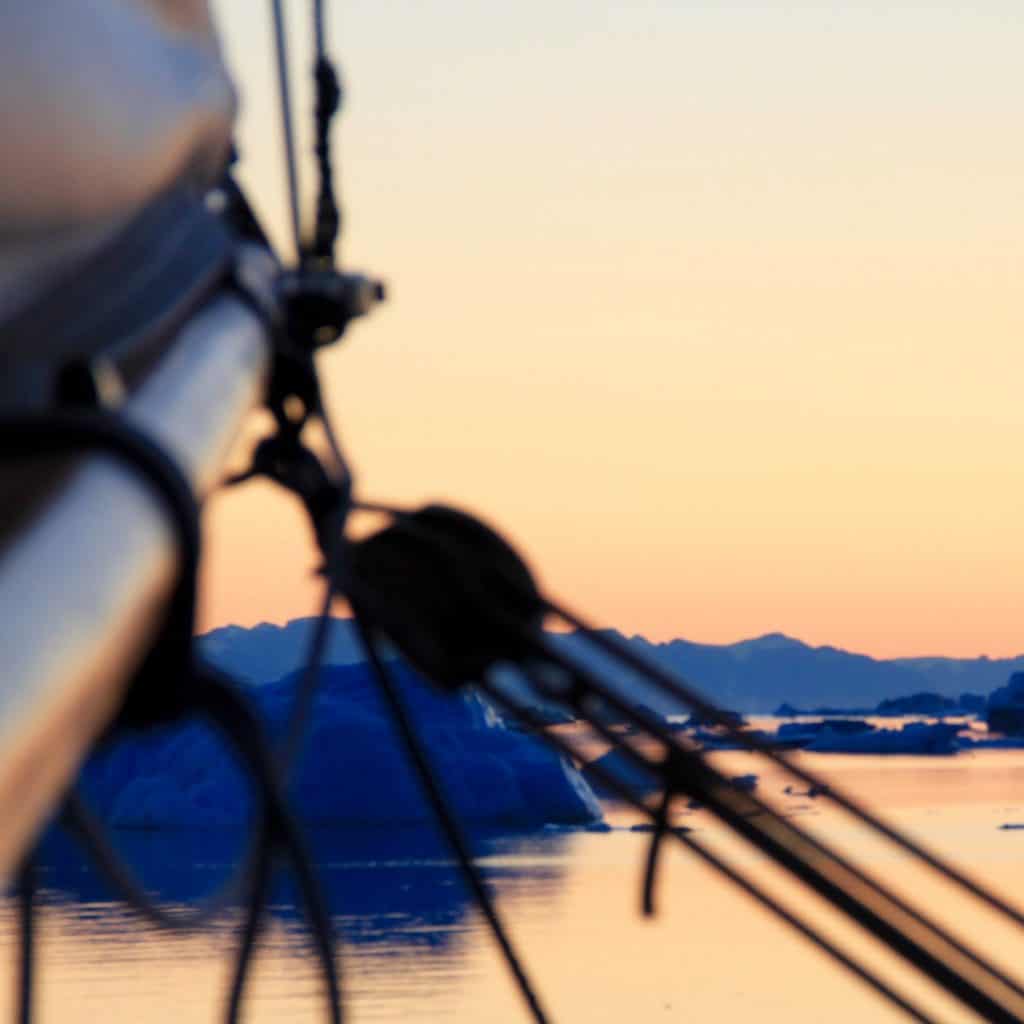
How Can I Get There? Voyages & Travel Advice
Tecla, originally a herring drifter (rather like Roald Amundsen’s own ‘Gjoa’) is our Polar expert, and having traversed the Northwest Passage from East to West in 2019, she will be taking the opposite route in 2023. Sailing from Dutch Harbour on Unalaska Island, Alaska, this 56 night voyage of over 2000 nautical miles takes you through the Passages and across Baffin Bay to Illulissat in Western Greenland, on the edge of Disko Bay with its famous icebergs.
Travelling to Unalaska can feel a bit of an adventure in itself, but there are several ways to do it. You can catch the ferry from Kodiak, following a flight from Anchorage, or alternatively get a ferry direct from Homer on the Kenai Peninsula. Our personal choice, if time were no object, would be to join Tecla for the previous leg of her 2023 route, jumping aboard in Hawaii and enjoying some tropical sailing and deep ocean passages en route to Alaska.
Illulissat is relatively straightforward in comparison, with flights from either Iceland or Denmark. Find out more about how to organise your travel, as well as making your inevitable flights as environmentally conscious as possible.

